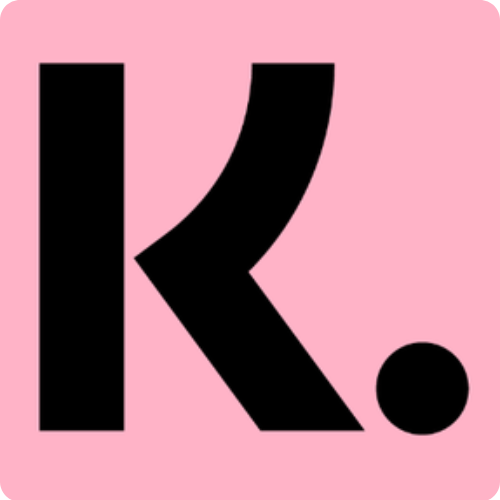VW Type 3 Buying Guide
If you long for an aircooled VW but look beyond the iconic Beetles and Buses, you'll find the wonderful VW Type 3 range. With its trio of distinct body styles to choose from, it offers something for everyone. Check out our VW Type 3 Buying Guide to find out more…
One, Two, Three...
Volkswagen wasn’t particularly imaginative when it came to naming its products. When they first began making cars they only offered one type, the Beetle, or Type 1 to give the Bug its official designation. To avoid confusion in the dealerships when the Split Screen Transporter was launched, VW decided to call it's other offering the Type 2. It doesn’t take a genius to work out what they called their third offering…Nor does it take a genius to understand why VW came up with the Type 3 range in the first place. Sure, the Beetle offered affordable motoring for the masses, but it wasn’t exactly luxurious. Rather than lose sales, Volkswagen decided to offer a roomier, faster and better-appointed version of the Beetle and so, in 1961 the Type 3 was born. Think of it as a Beetle for people who wanted just a little bit more from VW. A Beetle Plus perhaps?
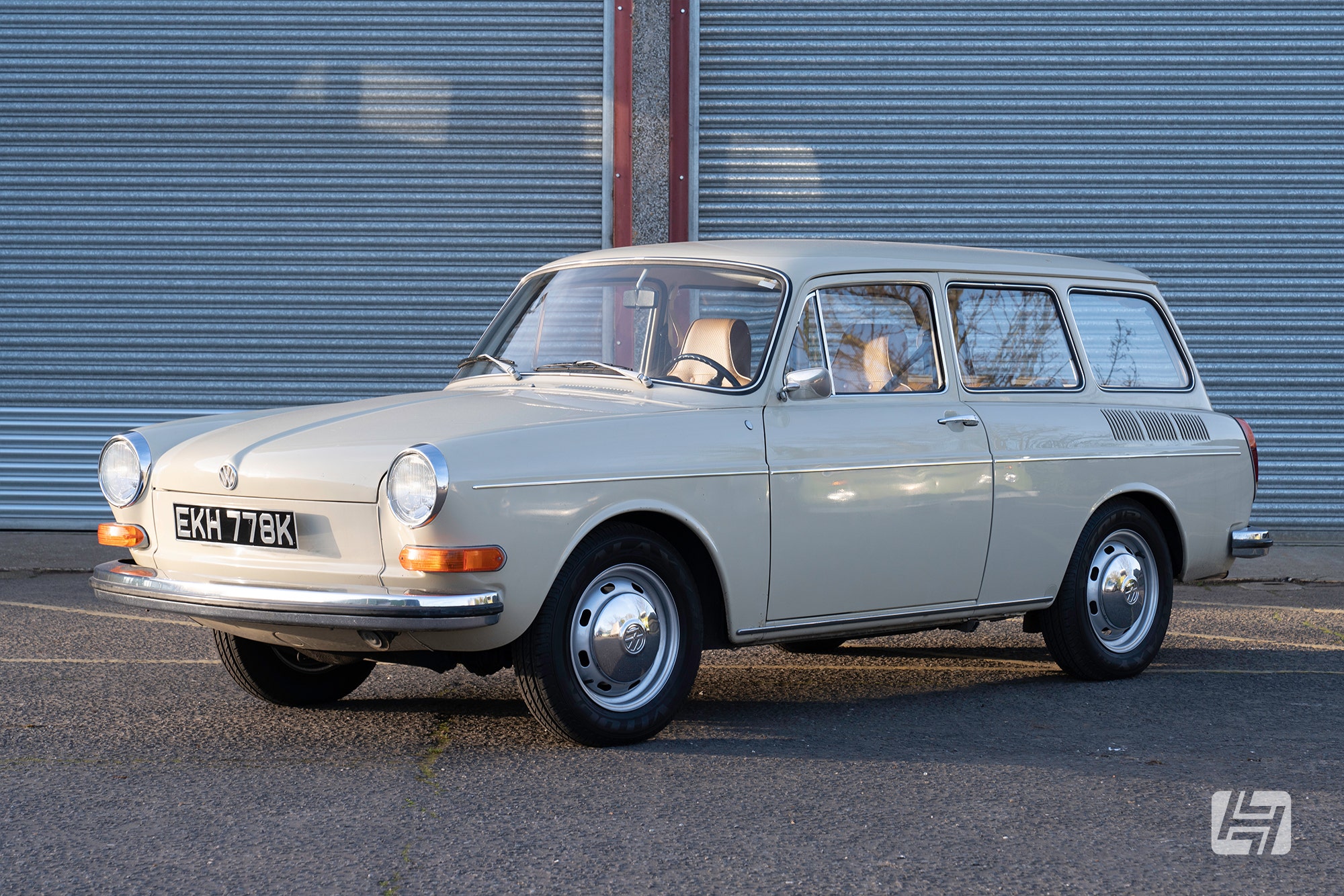
Notch, Square or Fast?
Rather than just add one new car to the line-up, Volkswagen came up with three variations of Type 3. The Notchback came first and looks like a regular three-box saloon car of the era, along with an estate version - the Squareback, also known as the Variant (often mistaken for an old Volvo by non-VW folk) and the Fastback which completed the line up in August 1965. Production ran until 1973 in Wolfsburg and totalled just over 2.5 million cars. Due to importation laws, VW Brazil also produced their own take on the Type 3 with a few styling changes, and around 450,000 were made. It is worth noting, vehicles were also manufactured in Australia initially in full, but from 1968 as CKD builds. Complete Knock-Down Kits were vehicles exported as boxes of parts and then assembled in other countries to save setting up additional manufacturing plants.
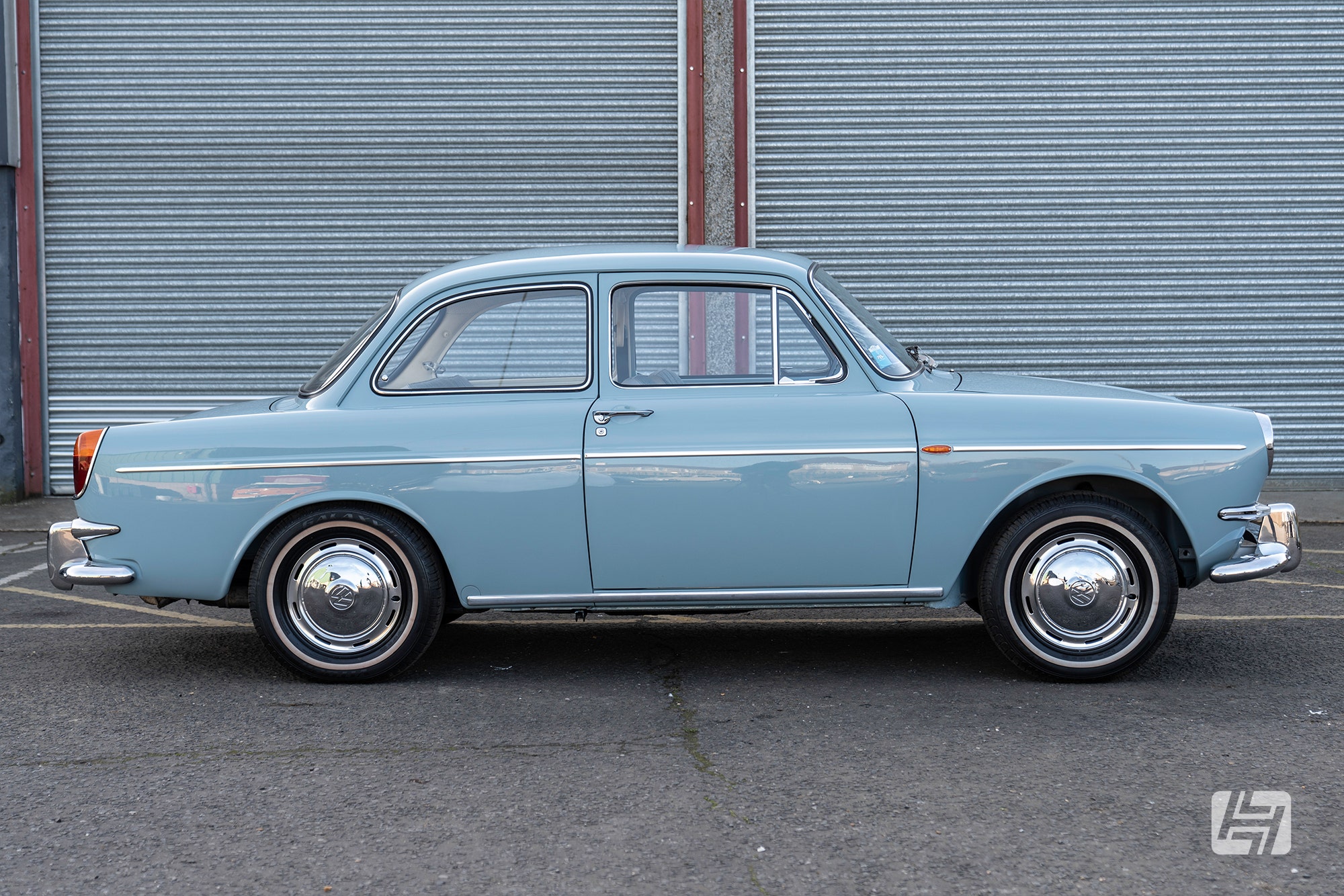
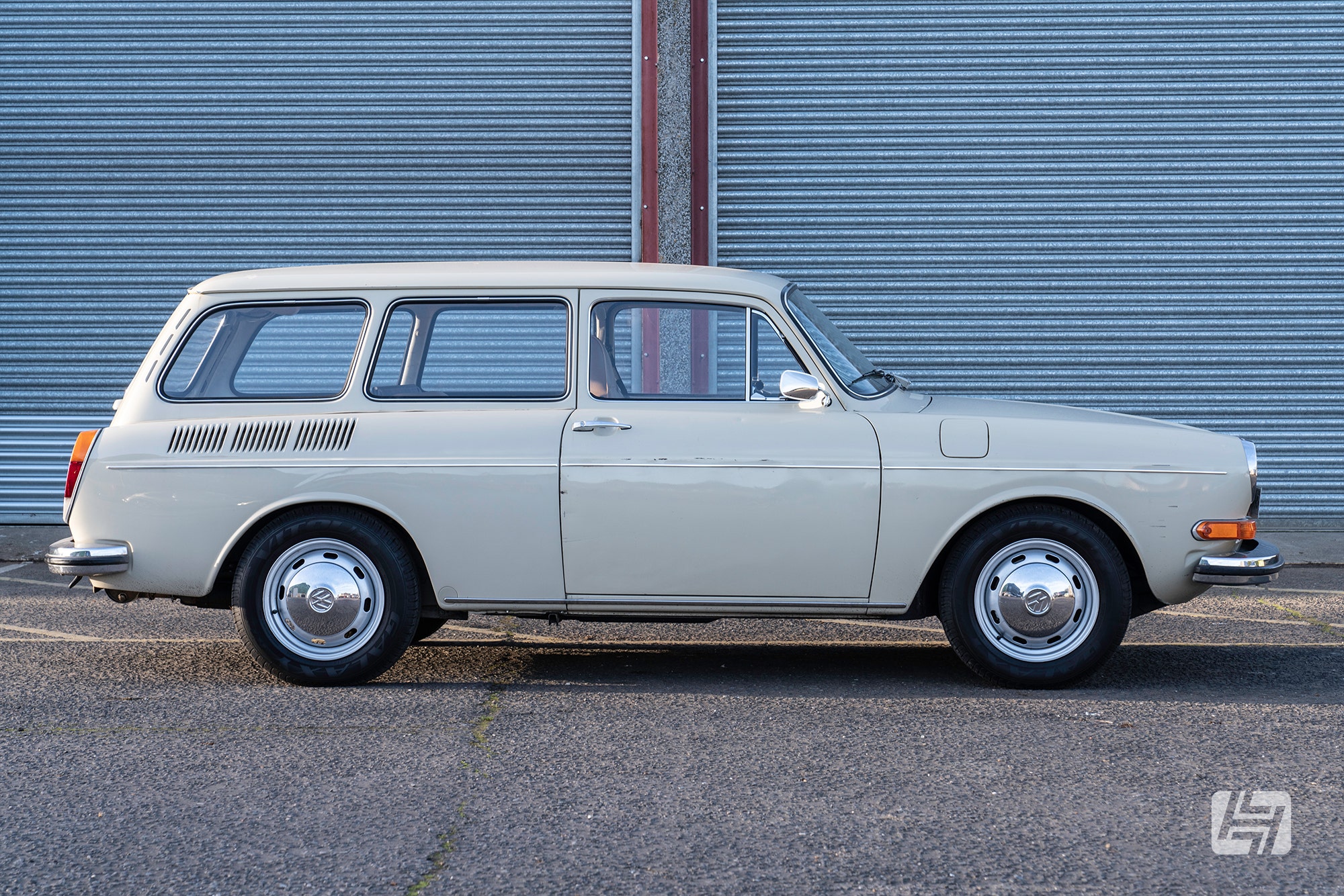
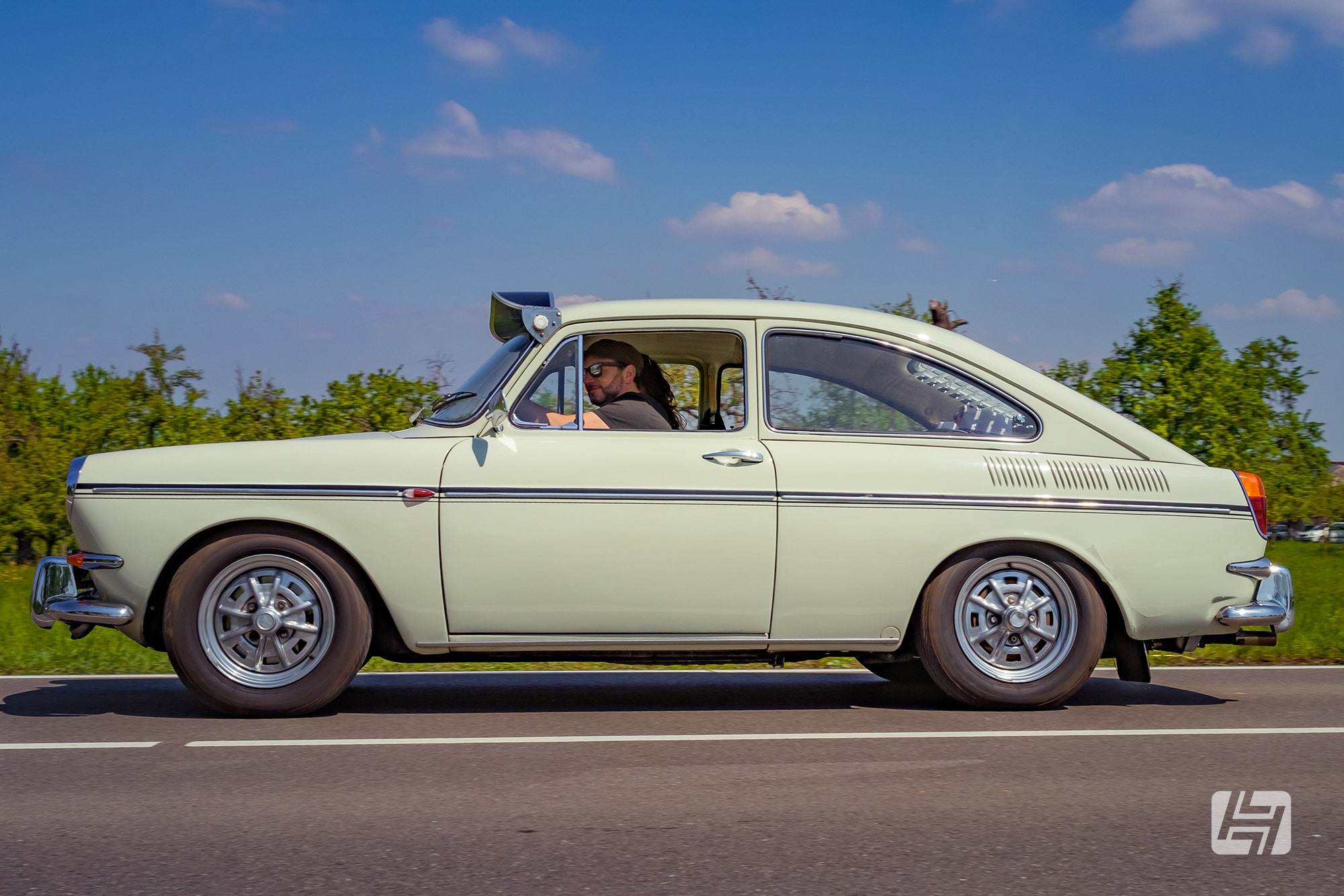
One Car, Two Boots
Whichever body style floats your boat they all share the same underpinnings with five seats, two decent sized boots and an aircooled flat-four engine in the back. Regardless of shape, they all rust like it’s going out of fashion but will certainly add a smile to your face every time you drive.
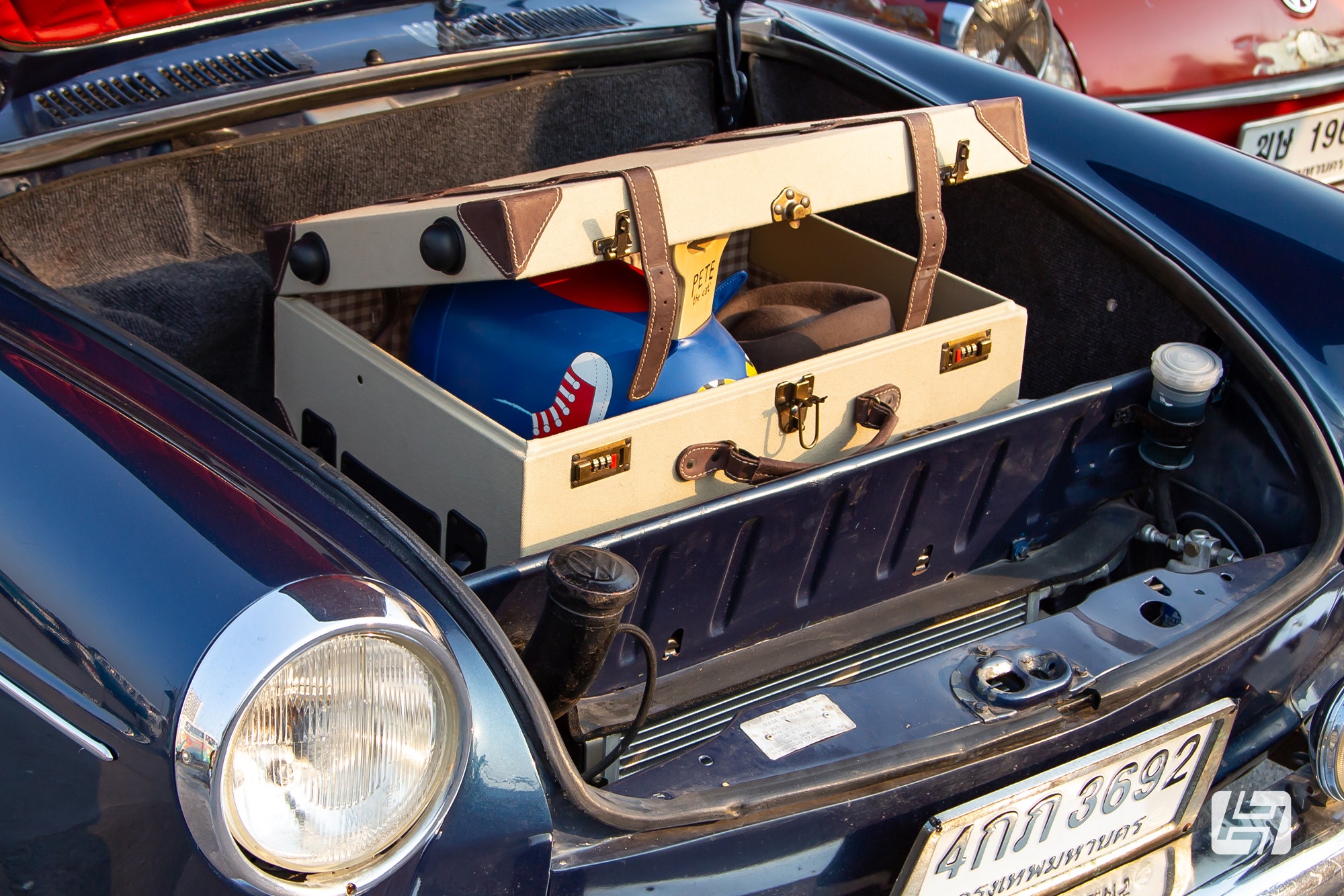

How's It Made?
The VW Type 3 is only 160mm longer than the humble Beetle, and much like its brother has a separate body mounted on a chassis with a tubular backbone. They feature independent suspension all round, with trailing links and torsion bars at the front and a swing axle rear or IRS from 1968. Due to this set-up, they’re super easy to lower, just wind them down to the required height and bingo, you still have a nice riding aircooled VW. Assuming you haven’t gone too far that is.
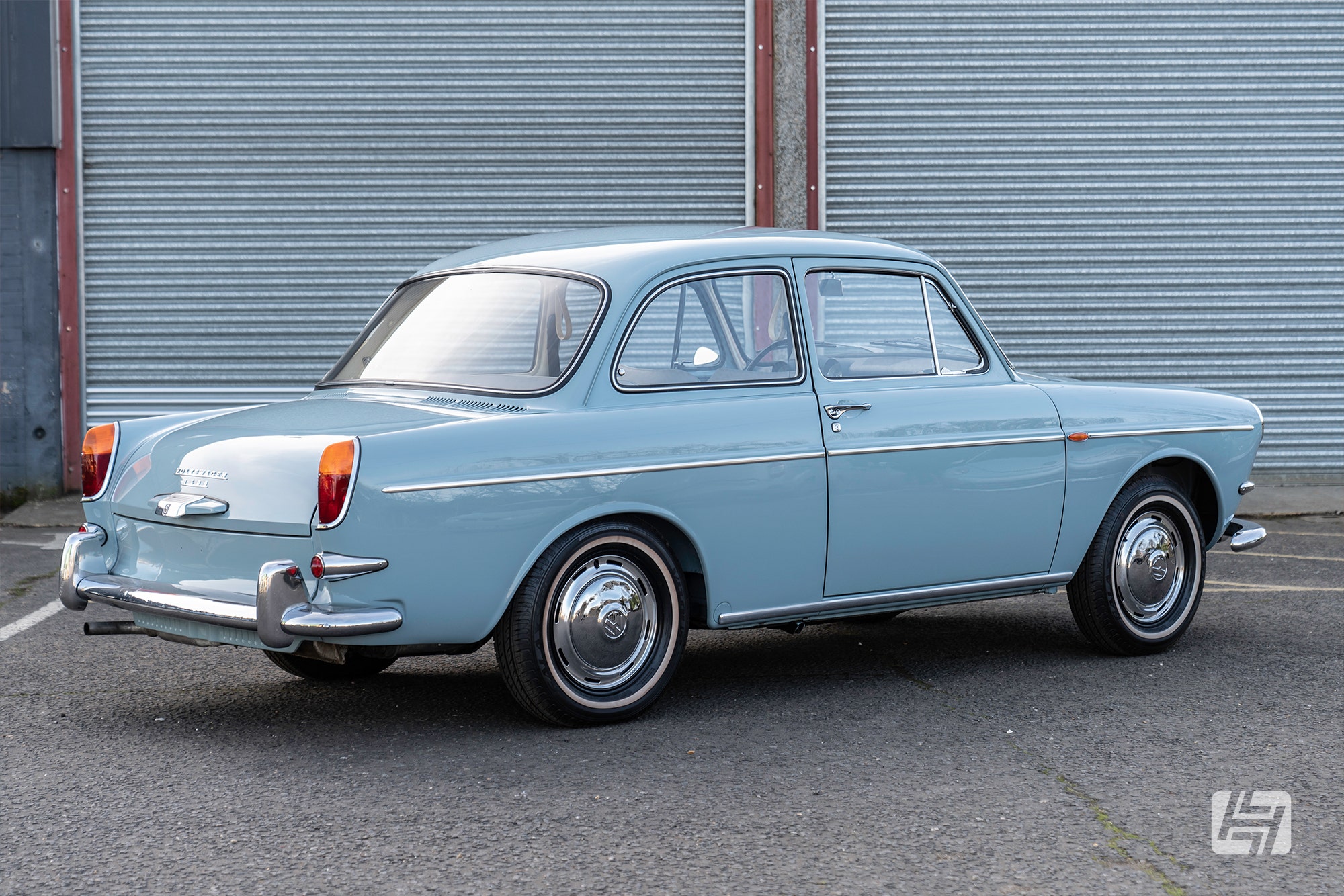
The Type 3 Engine
All of the early engines were 1500cc (1493cc to be specific) and generated 45hp. Type 3 engines simply look different from Type 1 motors because of the need to fit under the rear luggage area. As such, they’re often referred to as a pancake or suitcase engine. They are either mated to a four-speed manual transmission or a three-speed automatic gearbox, which was pretty popular in the US after it was introduced for the 1968 model year. Fuel injection models suffer from running problems if not properly maintained, so potentially budget for a decent set of twin carbs, or a few days with a specialist (and a small fortune on injection specific parts) to be on the safe side.
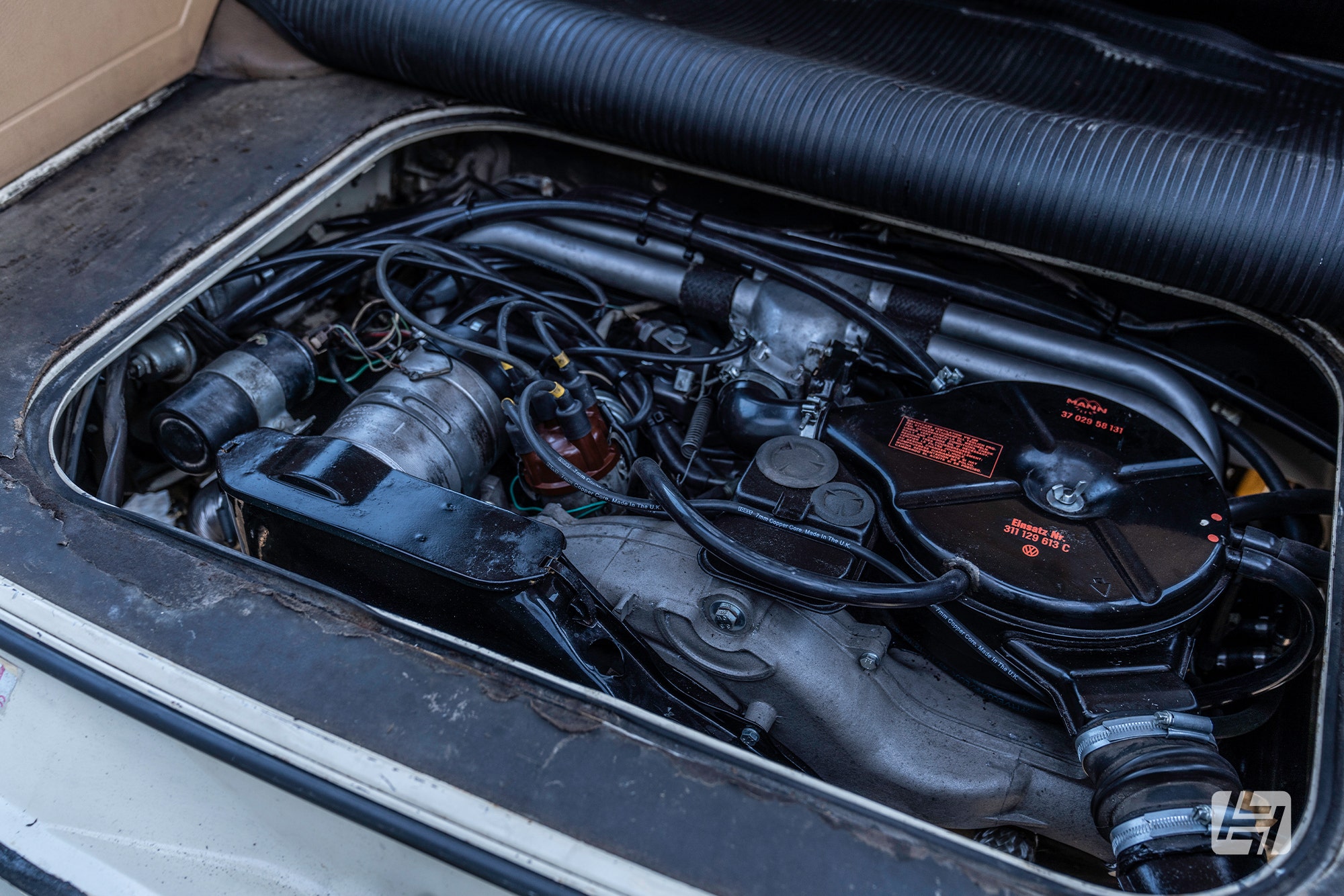
Stopping the Type 3
Type 3 brakes are pretty much the same as VW Beetle brakes – just a little larger. Early examples run five-stud drums all round (5 x 205PCD) and later models run four-bolt brakes (4 x 130 PCD) with drums on the back and discs upfront. Basically, if you can work on a Beetle you’ll find your way around a Type 3 in no time.

Early or Late?
As with everything in the VW scene, the earlier the model the more you’ll be expected to pay for it. Arguably, the earlier cars have prettier looks, with slimmer bumpers, smaller indicators and nicer interiors, but later Type 3 models benefit from larger engines, better brakes and increased front luggage space. There were a whole heap of design tweaks and upgrades made over the years, but the most significant changes occurred in 1965 with the launch of the Fastback when all engines were increased from 1500cc to 1600cc. From August 1966 and the start of the 1967 model year, all Type 3's left Wolfsburg equipped with 12-volt electrics. From August 1968 VW offered electronic fuel injection, which offers challenges of its own if not in tip-top condition. The most obvious visual changes were carried out for the 1970 model year when large, square Europa bumpers were added to the range. At the same time, the Type 3 received much larger tail lights, wrap-around front indicators and roomier frunks (front trunks).
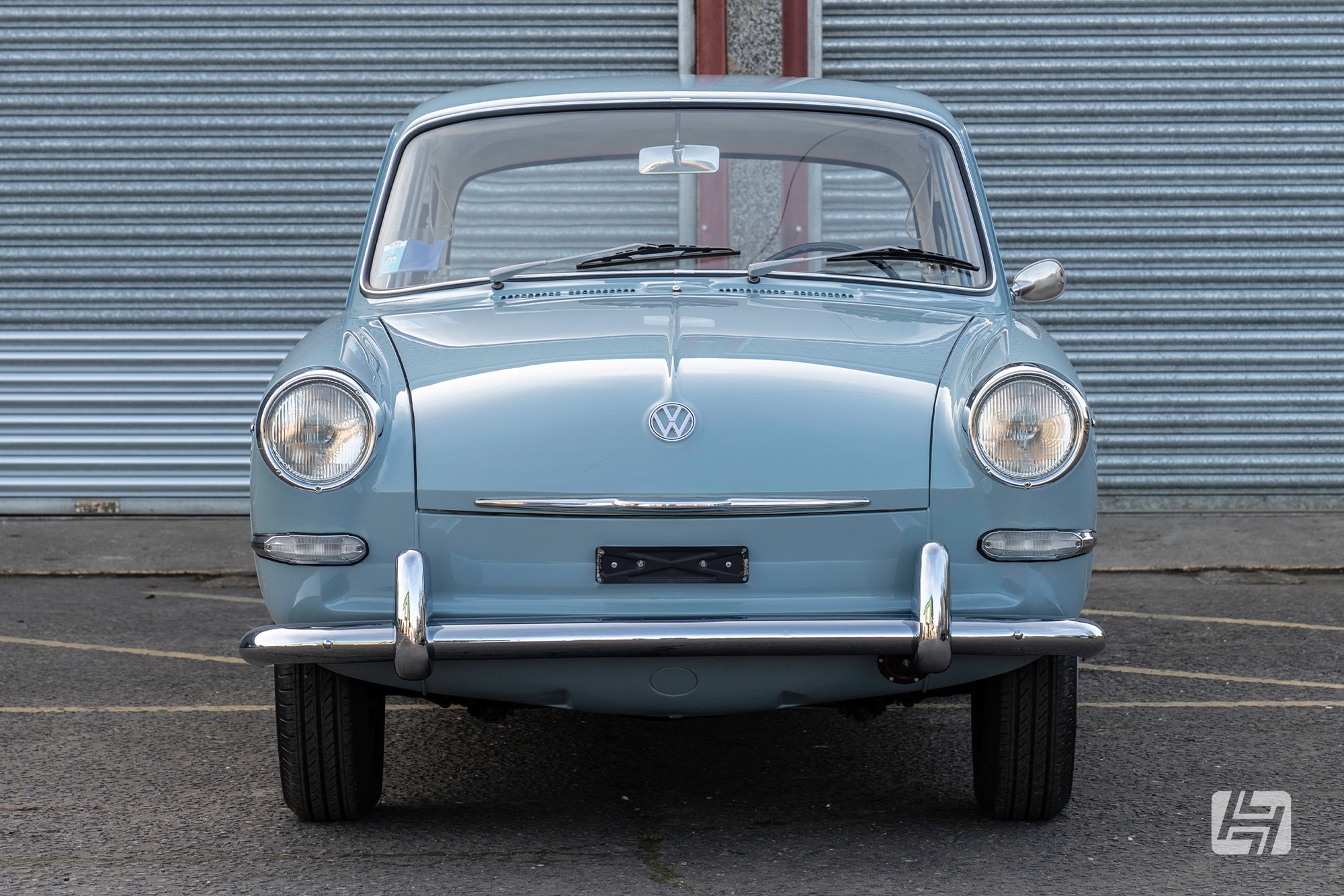
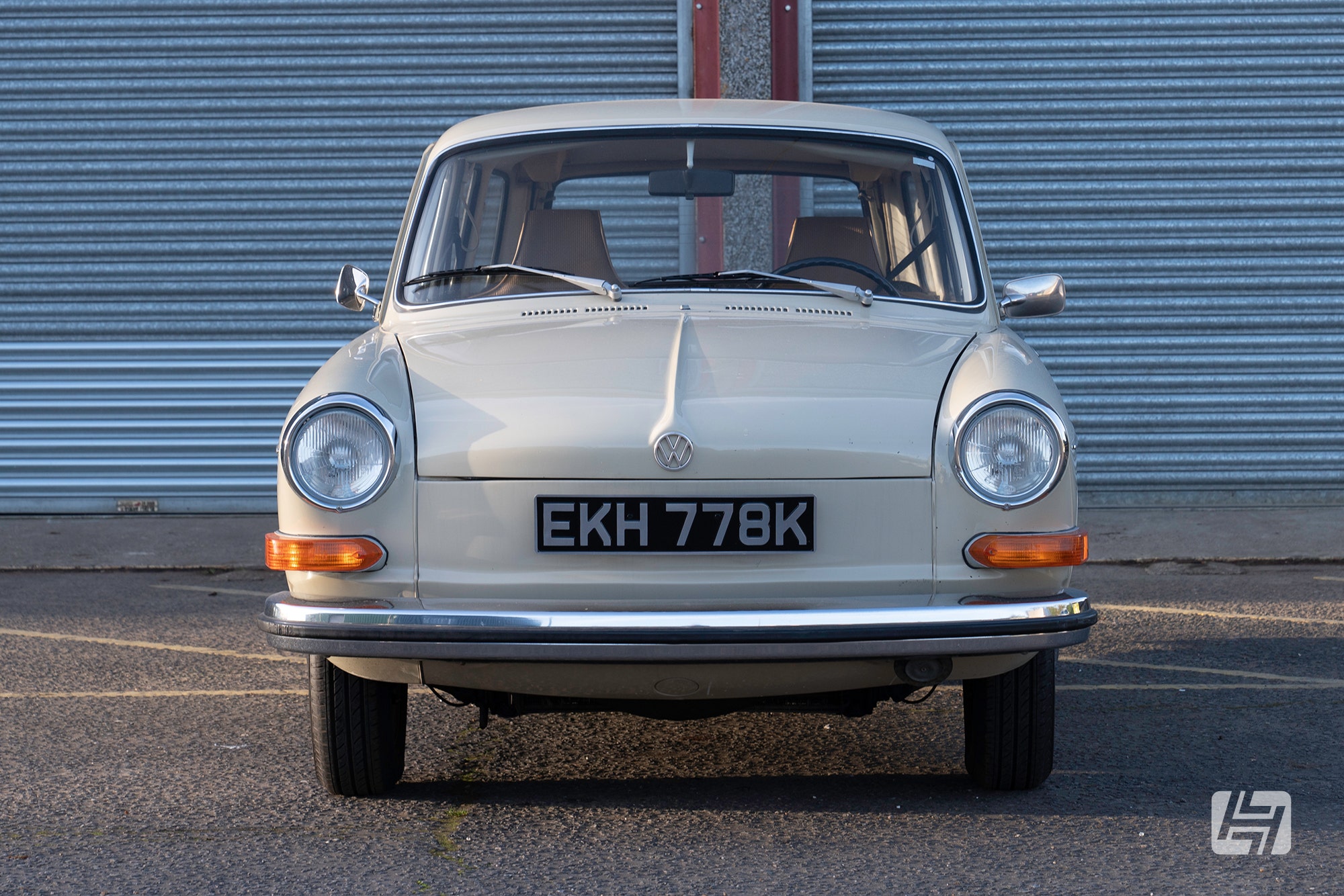
Cast your net on the net
Production of the entire Type 3 range ended in 1973 when VW began gearing up to build the Golf. Neither the Notchback, Fastback or Squareback sold in particularly big numbers in the UK so, if you want to climb behind the wheel of a good one, which doesn’t need a ton of Type 3 rust repair panels, you’re better off casting your net further afield and sourcing a good example in the US.
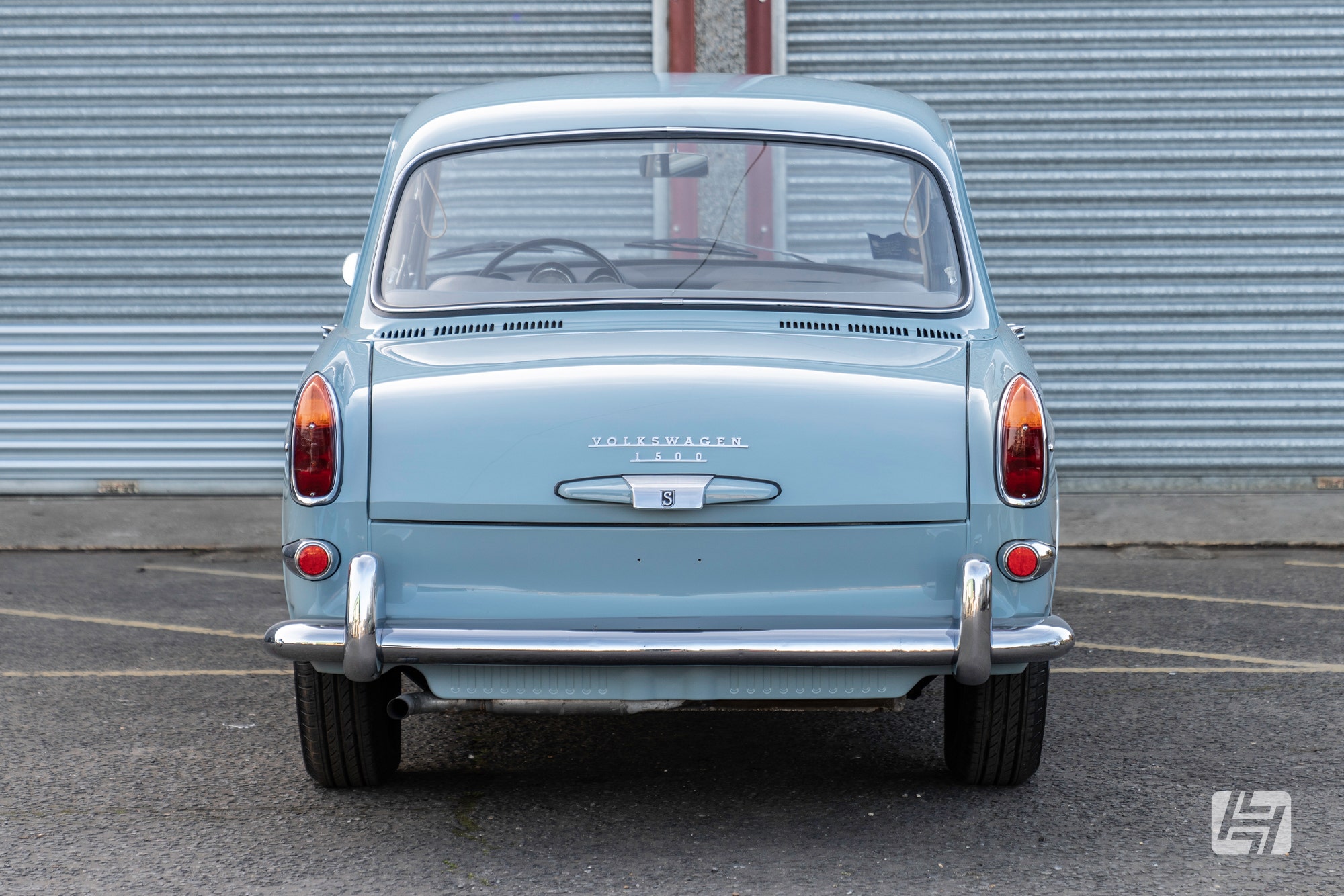
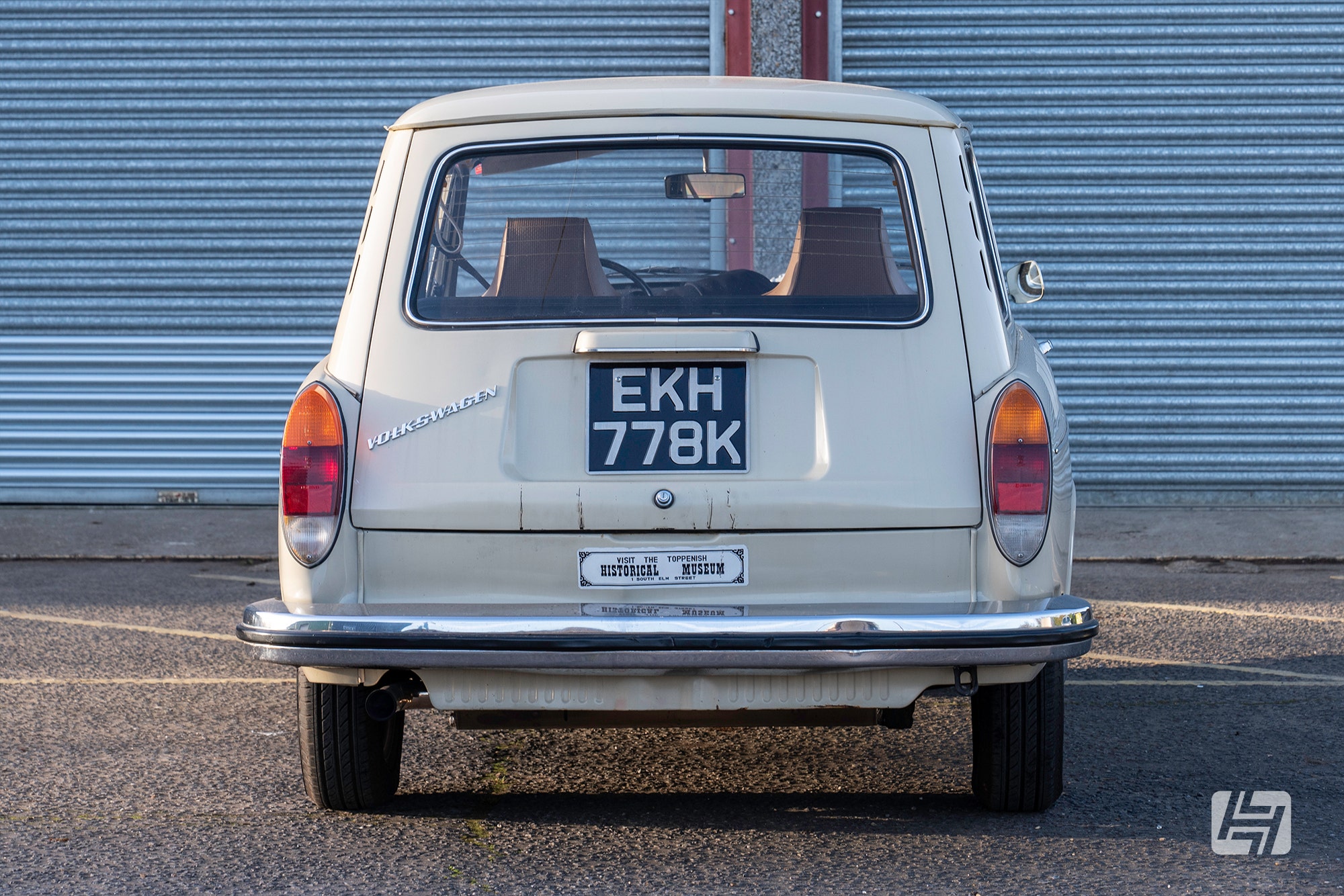
Importing a VW Type 3
However, imported cars will come with problems of their own. Heat and sun damage can wreak havoc on Type 3 interiors, and there’s a lot to replace, especially in a Squareback. They don’t have the MoT test in the US, so many examples that make the journey across the pond bring dodgy braking systems, hacked together wiring and all manner of 'keep them going' bodges. But the pros of buying a rust-free US import outweigh the cons, as whichever model year or body style you go for, the condition is key. A rusty Type 3 can end up costing you a fortune to restore, not just in terms of rust repair and replacement body panels, but if there are pieces of trim to replace, such as bumpers, dash-tops and switches, the cost will soon add up.
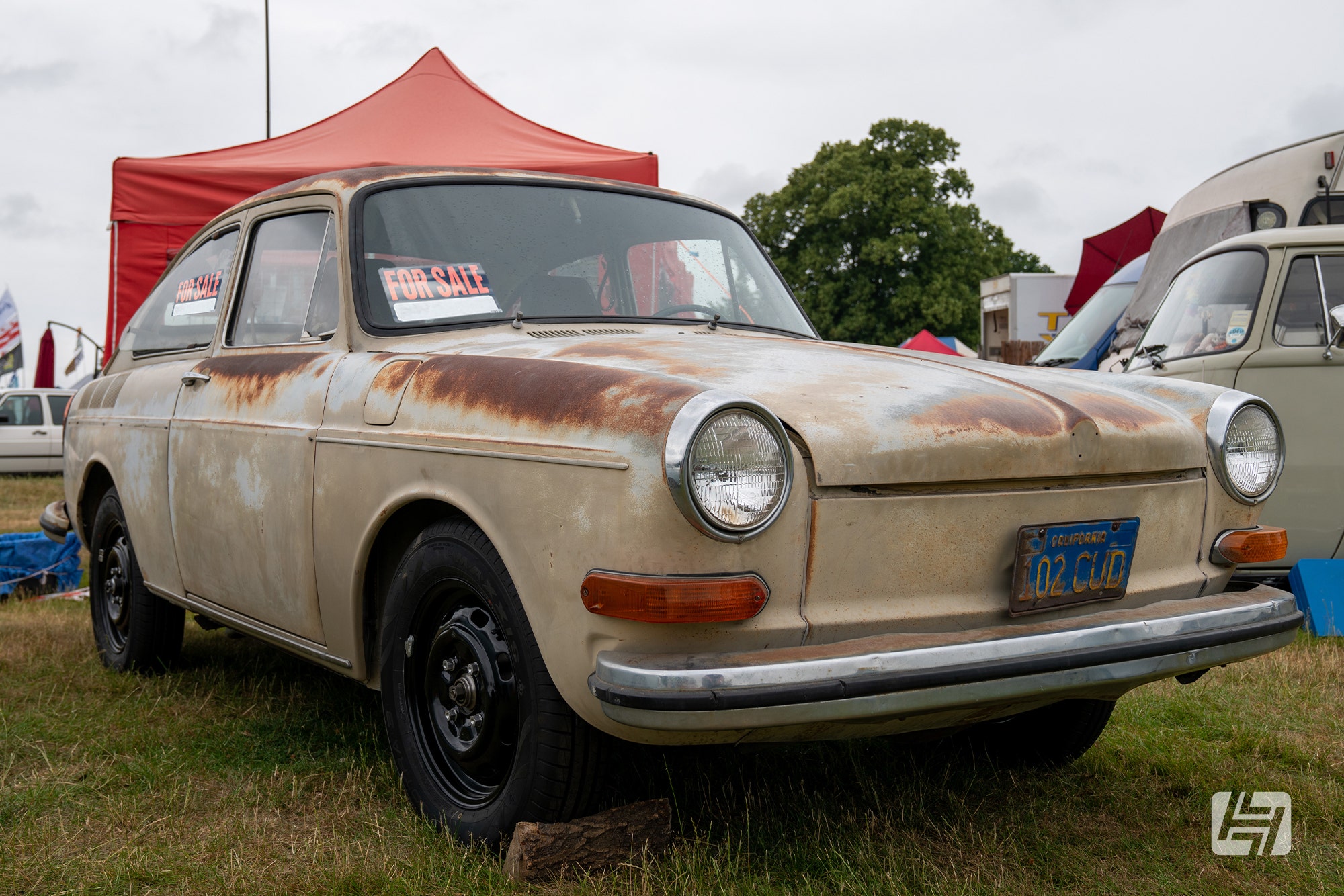
What to look for?
It doesn’t matter if you want a Notchback, Fastback or Squareback, all Type 3 bodywork corrodes badly. Due to the way they were designed they have all manner of little nooks and crannies that trap dirt and moisture and this can lead to severe rot, which is the biggest killer of all Type 3's. Pay attention to the bottom 6 inches, this should tell you a lot about the car you’re looking at. Original Type 3 wings were double skinned from 1968 onwards, which are especially good at trapping moisture. This design also leads to rot issues in the front boot area too. Quiz the owner on all restoration and remedial work, ask for photos, dates and costs. The more they can tell you the better the picture you can paint of the real situation behind the panels. If you are fortunate to find a Fastback, check the C pillars below the vents. The drain tubes block, causing corrosion to occur. Early Type 3's have their fuel filler neck under the bonnet, but later cars have an external flap. Open it and see if you can see daylight through it! Whilst poking around at the front inspect the fresh air box under the dashboard. What else rusts on a Type 3? Try the bumper mounts, front and rear corners, sill sections, door bottoms, floor pan edges, and roof gutters. Plus all of the regular Beetle spots, like jacking points, spare wheel well, and battery tray etc.

VW Type 3 Interiors
There’s a lot more to a Type 3 than a Beetle. Remember, these were the premium cars VW were trying to tempt a more affluent customer base into. That means they have plusher upholstery, better sound deadening, plus additional gauges, clocks and switches. You can buy quality Type 3 interior parts like replacement carpets, seat covers and headliners through Heritage Parts Centre but you might have to buy a lot of it, especially if you’re looking at a tired and well-used Squareback.
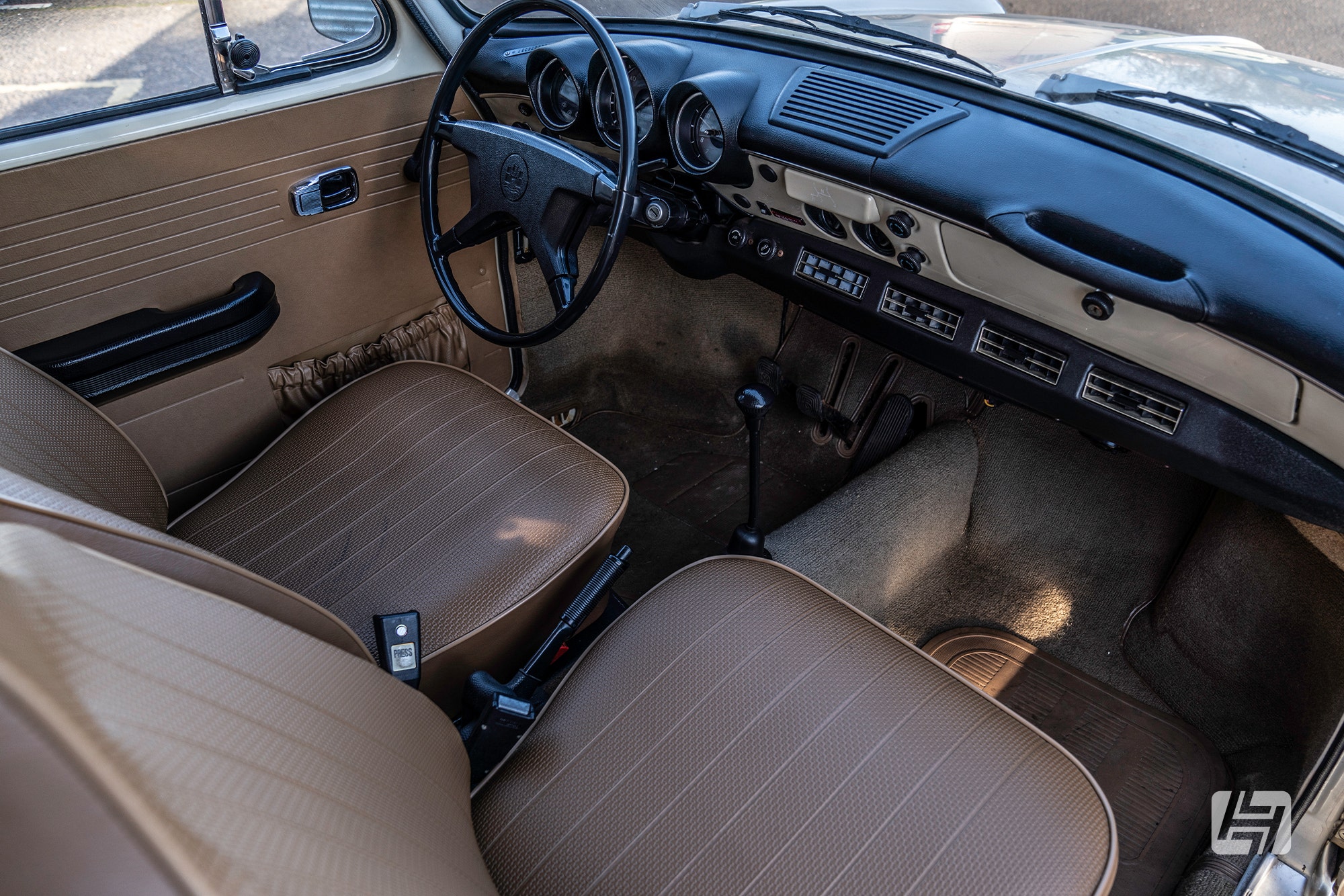
Behind the wheel
What are Type 3s like to drive? Well, let’s just say that if you like driving a Beetle you’ll love driving a Type 3 of any description. Early or late, they all have that familiar air-cooled VW vibe, but a Type 3 just feels so much nicer to drive any distance in. They’re bigger, have better ventilation, faster, stop quicker (due to their discs and larger drums), are better insulated and quieter. You’ll have to get used to people asking you what the heck it is and where you keep the engine, but then you don’t buy any aircooled VW if you don’t want to talk about it, do you?
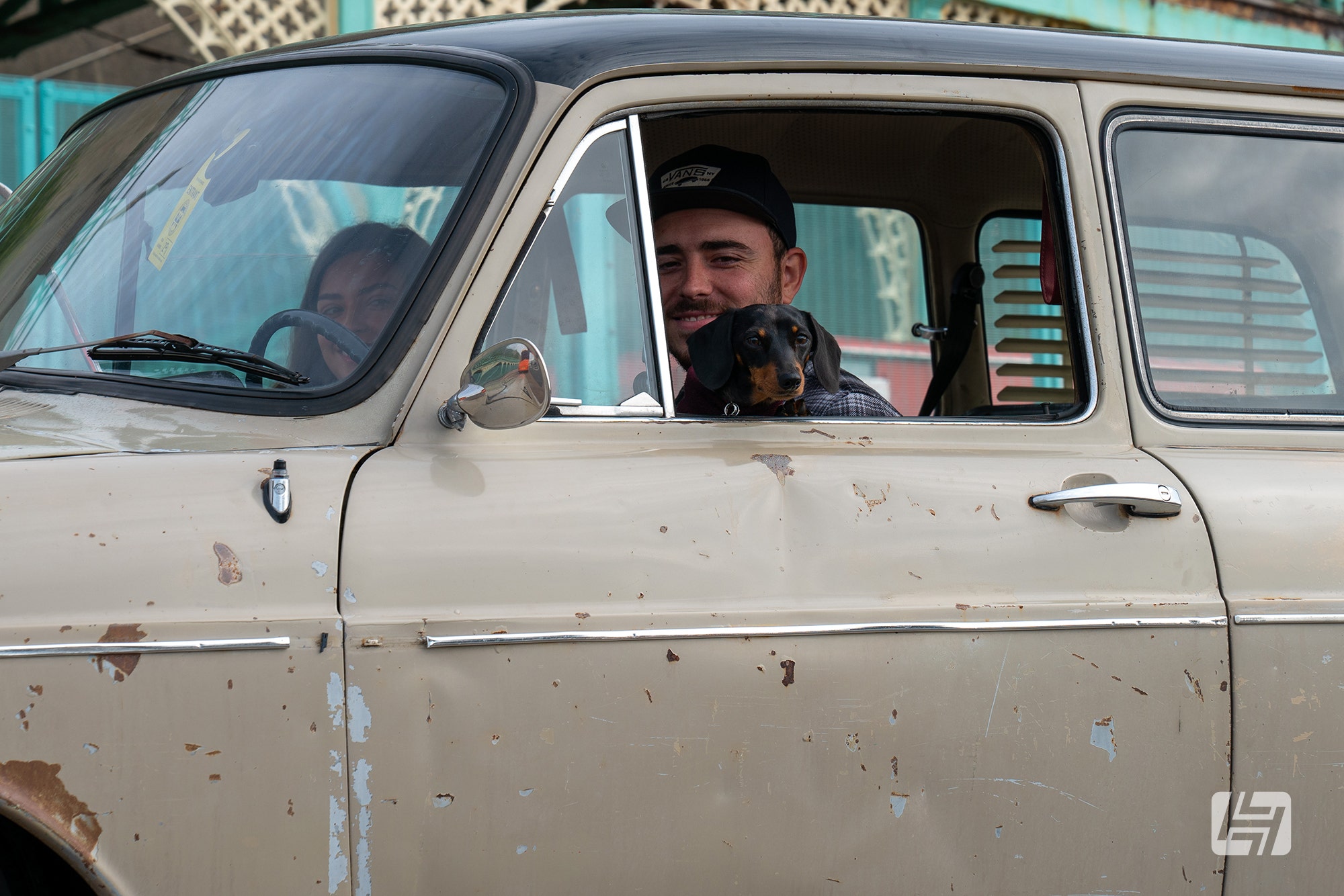
How Much?
We knew you’d ask that. How long’s a piece of string? It mostly depends on the condition and the model you’re looking for. For example, there are tons of decent looking Squareback projects in the States (check out www.thesamba.com) but Notchbacks and Fastbacks, especially early ones much less so. Early cars with features like the much-loved push-button dashboards are the most sought after and the chunkier later models are often dismissed due to their styling, but whichever one you go for, try to buy one with the best body possible. It’s better to spend more buying a decent car, to begin with, than tracking down tricky to find VW Type 3 parts and paying for rust repair.
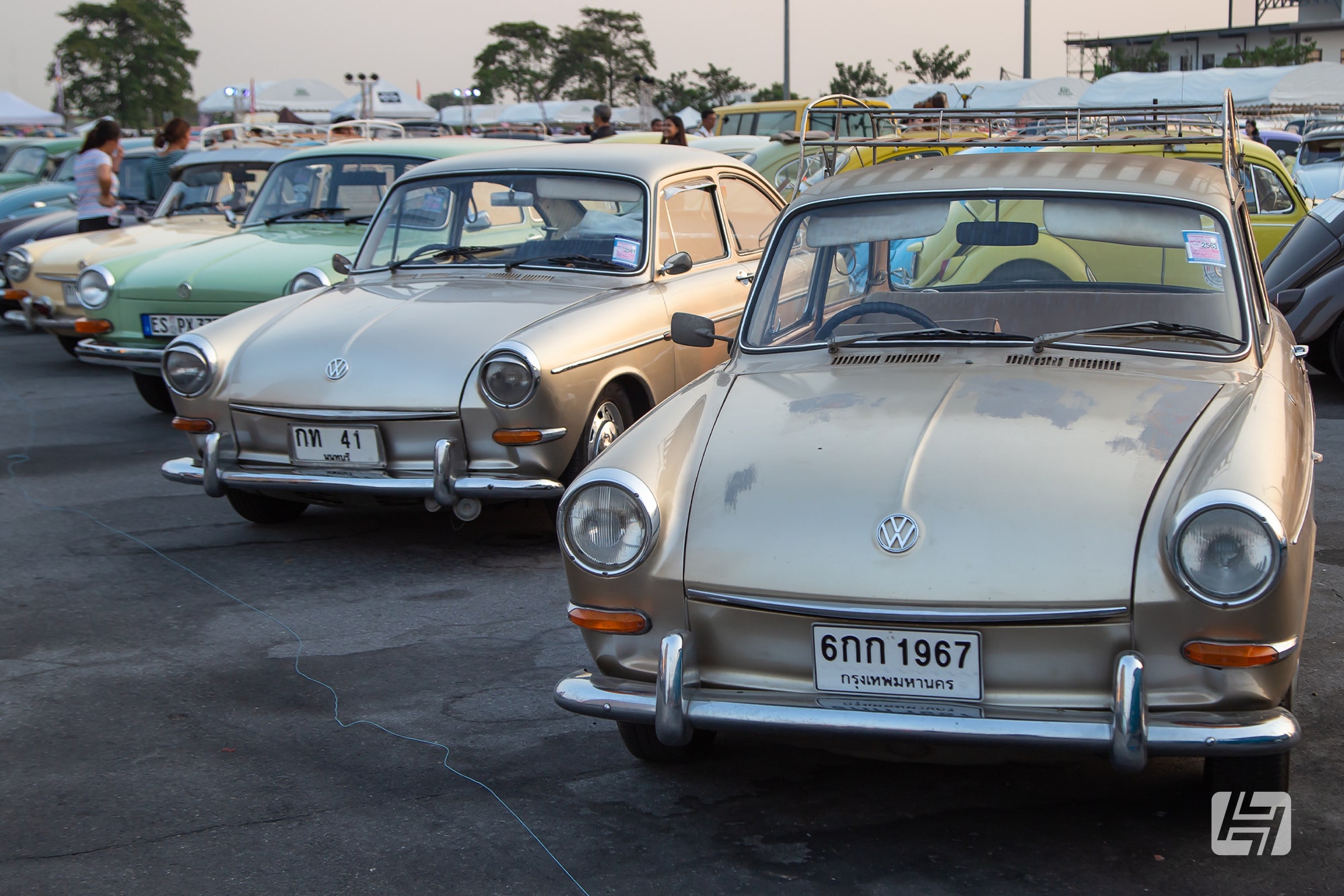
Money talks…
At the time of putting this guide together, you’d be looking around £8-10k for a useable example, registered in the UK. Anything less is likely to be a massive bargain or in need of work. Fully restored and modified cars (fancy paint, bigger engines, Type 1 narrowed beam conversions etc) are easily into the teens and show winners and pristine survivors will be well into the twenties. That may sound a lot, but for an air-cooled VW the entire family can enjoy day-in-day-out, a Type 3 is hard to beat. Want to buy from the experts? Our thanks to Type 2 Detectives who had both the beige Squareback and blue Notchback on their books at the time of writing, and very kindly gave us access to their photographs. Previously trading as Type 3 Detectives, they have a wealth of knowledge when it comes to these models, so would be well worth a call to discuss your requirements. Undecided? Check out our VW Beetle Buying Guide and Karmann Ghia Buying Guide for some air-cooled VW alternatives. James / Andy




 Beetle
Beetle
 T2 Bay
T2 Bay
 T2 Split
T2 Split
 T25
T25
 Transporter T4
Transporter T4
 Transporter T5
Transporter T5
 Golf Mk1
Golf Mk1
 Golf Mk2
Golf Mk2
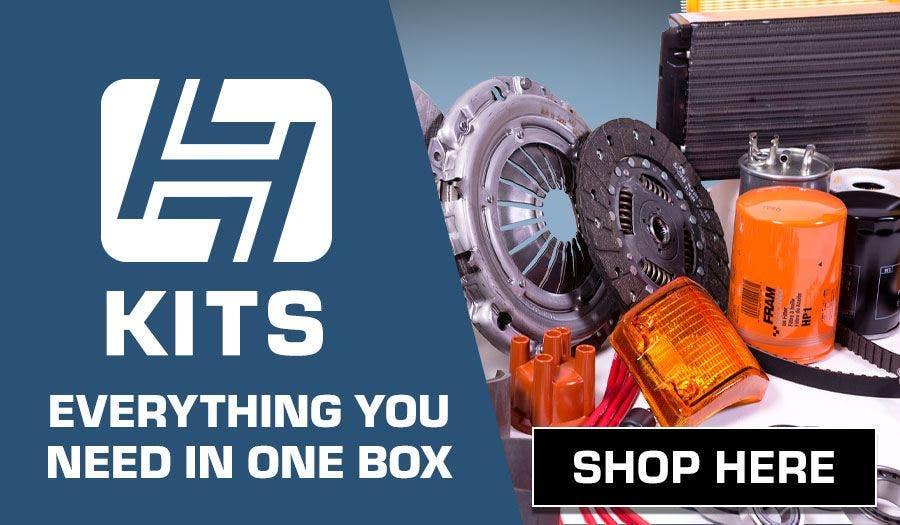

 911
911
 996
996
 997
997
 986 Boxster
986 Boxster
 987 Boxster
987 Boxster
 912
912
 944
944
 924
924
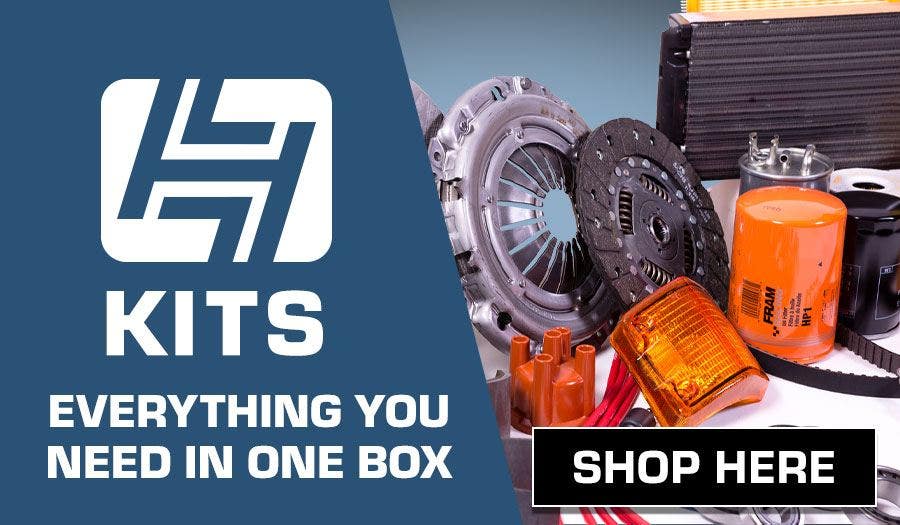

 Defender
Defender
 Discovery Series 1
Discovery Series 1
 Discovery 2
Discovery 2
 Series 1, 2 & 3
Series 1, 2 & 3
 Freelander
Freelander
 Freelander 2
Freelander 2



